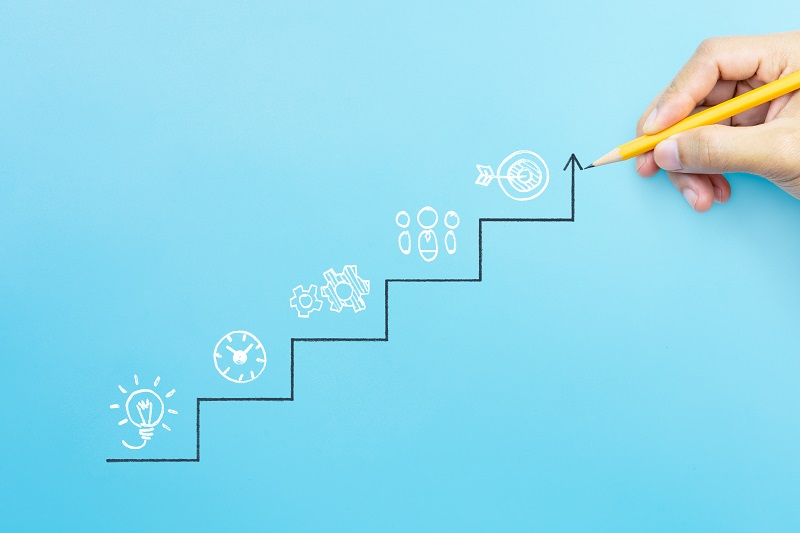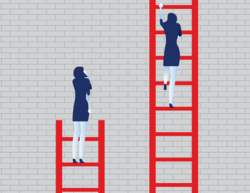ATD Blog
How to Build a Personalized Employee Development Plan
Mon Aug 01 2022

Today’s employees and job candidates are looking for opportunities to grow their skill sets and their careers. Strategizing a plan for employee development—one that is personalized and adaptable—can set your organization apart from the competition when it comes to increasing employee engagement and retaining your best team members.
Over the past few years, the employee experience has shifted dramatically. An unclear growth path can break employees’ desire to stay with an organization, even if the rest of their experience has been positive. Employees who don’t feel they have access to clear development opportunities are 41 percent more likely to leave their current company, according to research from Culture Amp’s people science team.
Many existing processes for employee development lack the structural guardrails to support productive growth conversations. Manual plans place the burden on the employee to initiate conversations around promotion opportunities or career growth. With many managers stretched thin, they struggle to help their teams build personalized development plans, making employees feel undervalued. Our report, Why Employee Development Should Be HR's Top Priority, highlights that companies where managers show an interest in their direct reports’ career aspirations have employees that are:
15 percentage points more likely to recommend the company
21 percentage points more motivated at work
13 percentage points more proud to work at the company
10 percentage points more likely to see themselves at the company in two years
15 percentage points less likely to be thinking about looking for a job elsewhere
Putting Personalized Employee Development Plans Into Action
An effective retention strategy takes time to build, but with the right tools, it’s easy to make personalized employee development plans part of your process. Here’s a step-by-step guide to help your workforce incorporate personalized employee development plans today:
1. Start the conversation. The first step is a simple one: Create space to have career conversations. Find out where employees see themselves headed within your company. Are there other departments or roles that pique their interest or align with their plans? Have one-on-one conversations; they can happen as needed or be incorporated into performance reviews. The key here is personalization.
Transparent, honest conversations about the future set the stage for a robust approach to employee development. Managers can identify specific areas of the business that an employee may need more exposure to or pinpoint specific tools and resources that can help with employees’ aspirations.
2. Align your employees’ goals with company goals. Consider the outcomes of the conversations held in step one. Does your employee’s growth trajectory align with the company’s goals? Every business will have its own plans for the future, so this is your opportunity to identify where an employee’s growth fits into the broader business. Have an honest conversation with the employee about where you see alignment and where you don’t. If a specific role mentioned by an employee isn’t part of the roadmap for their team, let them know. If the employee doesn’t have the skill set required for the desired growth, consider how they can hone their skills.
3. Start building a tangible plan. Once the manager’s and employee’s visions for the future are aligned, chart a path forward. When translating goals into next steps, the three E’s—experience, exposure, and education—are a helpful starting point. This framework can help managers identify individual opportunities for employees to connect with mentors, participate in relevant training, or even take on a stretch project that relates to their interests.
For an employee development plan to succeed, it must be actionable and ongoing. It’s important to implement touchpoints and milestones to ensure employees are progressing. Tools like Develop by Culture Amp prompt individuals to build out personalized, step-by-step action plans and provide ongoing checkpoints so that L&D doesn’t get devalued.
4. Scale, measure, and evolve. Development is inherently continuous and rarely linear. Scale, measure, and evolve each personalized development plan in line with employee growth, changing employee desires, and shifting business needs. The best-laid plans are flexible ones, so focus on creating personalized employee development plans that will work today and in the future as the company and the employees grow.
Encourage employees to stay with your organization by building out personalized development plans for each of them. Following the steps above makes it easier to retain and develop the quality talent you already have within your employee base today.




